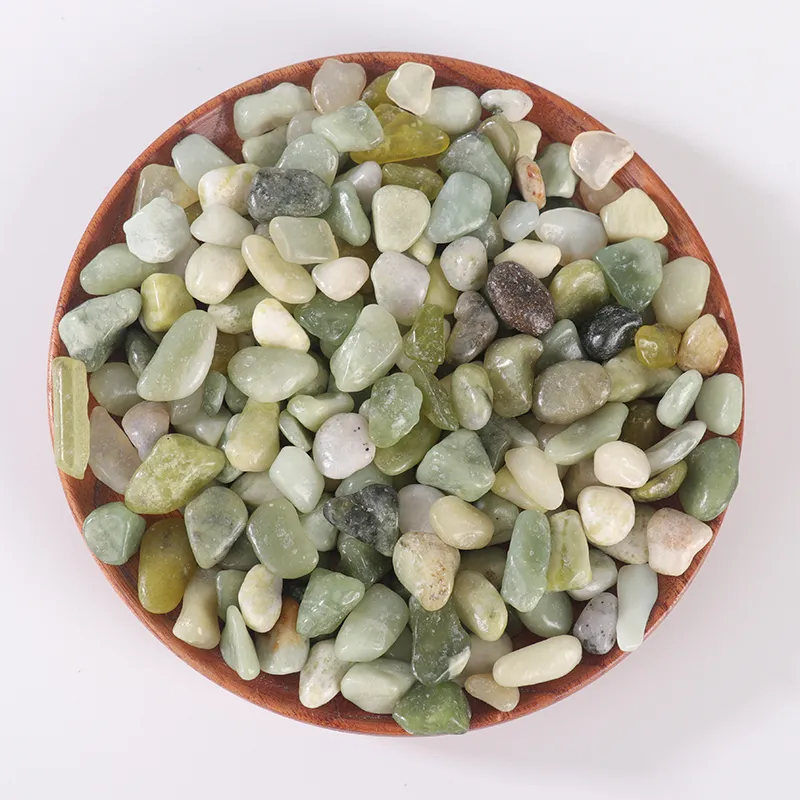Jul . 29, 2024 22:51 Back to list
Techniques and Benefits of Grouting Cobblestones for Enhanced Stability and Aesthetic Appeal in Paving
The Art of Grouting Cobblestones A Guide to Aesthetic and Structural Integrity
Cobblestones have long been admired for their timeless beauty and durability, often gracing the streets of historic towns and modern landscapes alike. As charming as they are, the process of laying cobblestones and ensuring their longevity requires careful attention to detail—primarily in the grouting process. Grouting cobblestones is essential not only for aesthetic purposes but also for maintaining the structural integrity of cobblestone installations.
Understanding Grouting
Grouting refers to the filling of gaps between stones or tiles with a specific mixture designed to provide support and stability. In the case of cobblestones, it plays a critical role in preventing movement, reducing weed growth, and allowing for water drainage. A well-executed grouting process can enhance the overall appearance of a cobblestone surface, creating a polished and cohesive look.
Selecting the Right Grout
The choice of grout is vital in ensuring that the cobblestones are set firmly in place. There are various types of grout, including sanded, un-sanded, and epoxy. For outdoor cobblestones, a sanded grout is often favored due to its durability and ability to withstand the elements. Sanded grout contains fine particles that not only fill the gaps but also strengthen the bond between the stones. It is also critical to consider color—selecting a hue that complements the cobblestones can significantly enhance the visual appeal of a pathway or driveway.
The Grouting Process
1. Preparation Before grouting, the area must be thoroughly cleaned, removing any debris, dust, and excess material from the cobblestone gaps. This step ensures a strong bond between the grout and the stones.
grouting cobblestones

2. Mixing the Grout Following the manufacturer's instructions, mix the grout to achieve a smooth and workable consistency. It’s essential to avoid lumps, as these can weaken the structure.
3. Application Using a trowel or a grout float, apply the grout into the gaps between the cobblestones. Work the grout into the joints to ensure complete filling, and be mindful not to leave any air pockets, as these can lead to cracks over time.
4. Removing Excess Grout Once the joints are filled, use a damp sponge to wipe away any excess grout from the surface of the cobblestones. This step is crucial in maintaining the cobblestones' aesthetic and preventing discoloration.
5. Curing Allow the grout to cure as per the manufacturer’s guidelines. This period is vital for ensuring that the grout gains strength and adheres properly.
Maintenance and Longevity
After the grouting process is complete, regular maintenance is necessary to prolong the life of the cobblestones and the grout. Periodic inspections can help identify any areas where the grout may need repair or reapplication. Additionally, cleaning the surface and sealing it can protect against stains and moisture damage.
Conclusion
Grouting cobblestones is an art that combines functionality with aesthetics. It requires careful planning, selection of appropriate materials, and a thorough application process. By investing time and effort into grouting, you can ensure that your cobblestone installation remains both beautiful and resilient for years to come. Whether enhancing the charm of a historic street or creating a wonderful outdoor space in a modern setting, properly grouted cobblestones can elevate any landscape, proving that attention to detail genuinely pays off.
-
Transform Your Outdoor Spaces with Premium Black Rocks for Landscaping
NewsAug.01,2025
-
Exploring the World of Green Jade: Types, Meanings, and Values
NewsAug.01,2025
-
Enhance Your Outdoor Spaces with Premium Black Garden Stones and Pebbles
NewsAug.01,2025
-
Elevate Your Garden Design with Black River Stones and Decorative Landscape Rocks
NewsAug.01,2025
-
Discover the Beauty and Symbolism of Green Jade: From Raw Stones to Luxury Pieces
NewsAug.01,2025
-
Discover the Beauty and Meaning of Green Jade Crystals
NewsAug.01,2025






